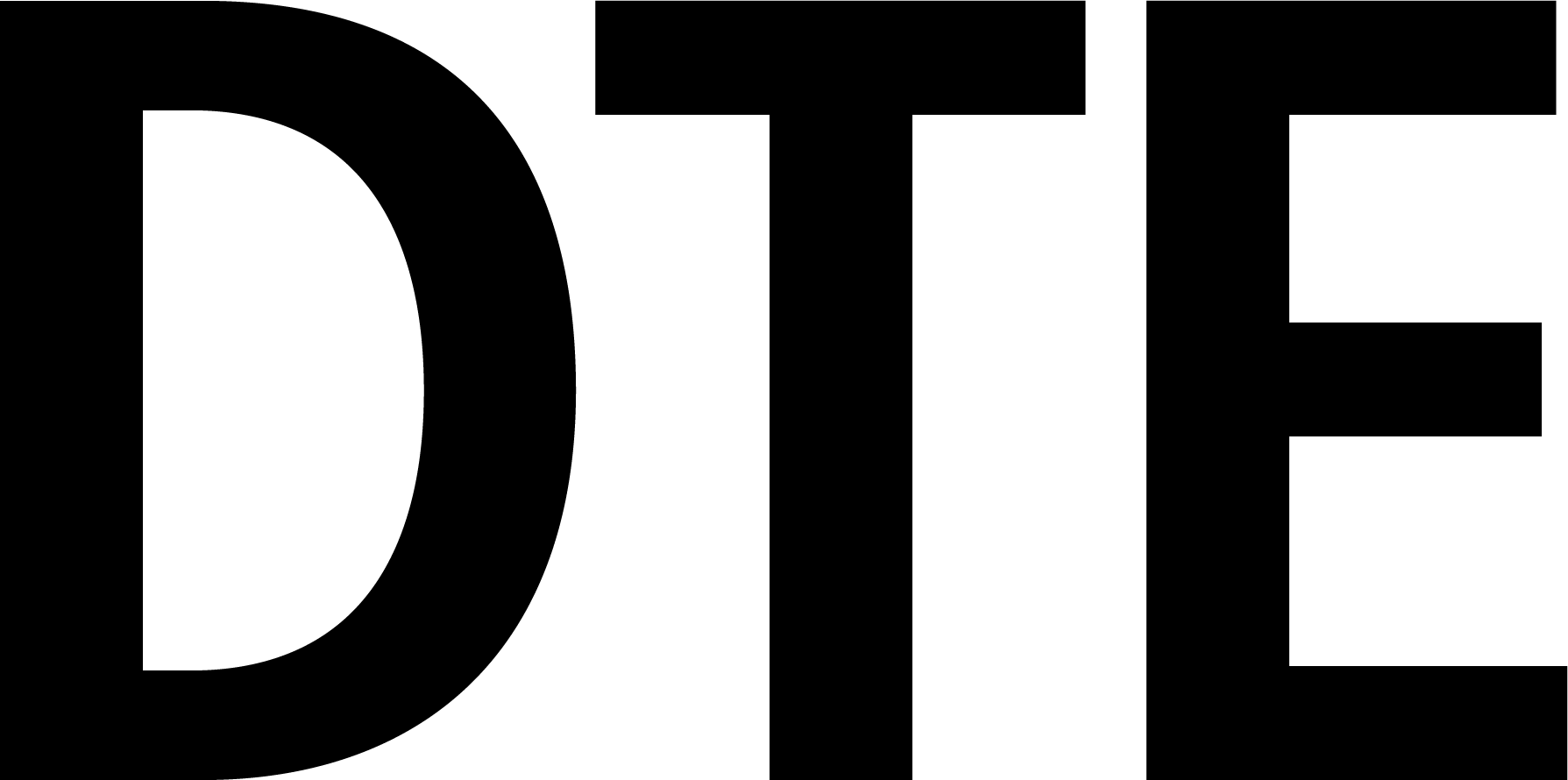



Over 400 homes in south African
villages now have electricity, and thousands more will be getting it soon, thanks to an old method that has been reworked by the African arm of a uk-based engineering consultancy firm.
The technique, called single wire earth return (swer), sends electricity out along a single wire, mounted on simple poles with long spans, and then uses the earth to return. Gibb Africa, part of the Sir Alexander Gibb and Partners, has proved that swer can transmit power to small users more cheaply than conventional modes of transmission. Eskom, the South African power company working in collaboration with Gibb, expects to save
us $16.1 million annually by using the same 230-volt lighting and appliances as those supplied conventionally; but the lines that carry power to their local transformer will be swer.
Australia and Brazil have used swer for years to take power to outlying farms. Eskom needs to supply power to consumers who are closer at hand but greater in number, and for whom they cannot justify a conventional supply. swer can take higher currents and voltages than those used in Australia and that suitable switchgear and other equipment were also available. A Gibb system can provide 500 kilowatts of power, enough to light up five small villages. Eskom, whose staff were trained by Gibb, expects to use swer for more than half of its 500,000 power connections planned for 1998.
For its pioneering work, Gibb was awarded the 1997 Shell Technology Award at the annual business awards organised by Worldaware, an educational institution.
We are a voice to you; you have been a support to us. Together we build journalism that is independent, credible and fearless. You can further help us by making a donation. This will mean a lot for our ability to bring you news, perspectives and analysis from the ground so that we can make change together.

Comments are moderated and will be published only after the site moderator’s approval. Please use a genuine email ID and provide your name. Selected comments may also be used in the ‘Letters’ section of the Down To Earth print edition.